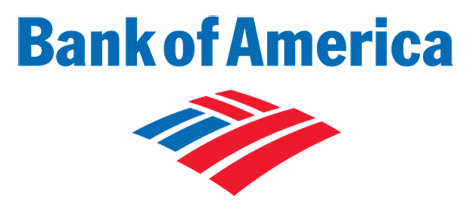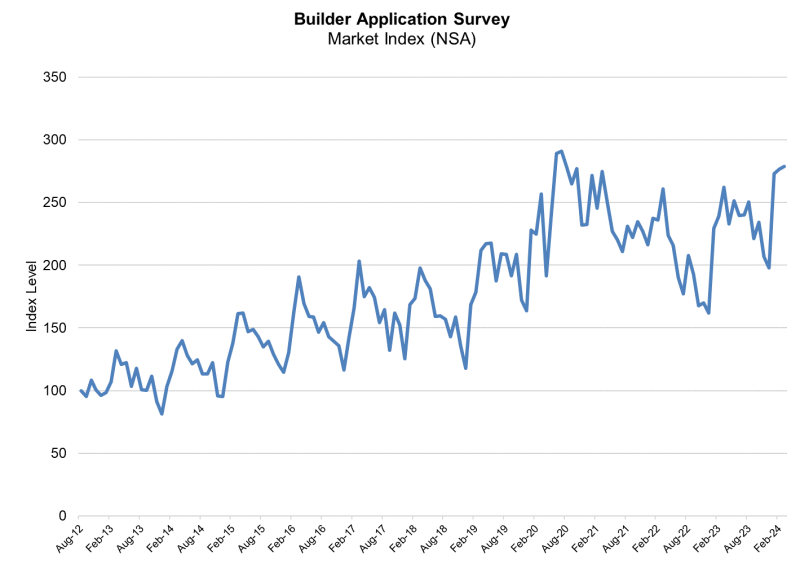Advertisement
Bank of America Completes 25,000 Mods in October

Bank of America has announced that it has completed nearly 25,000 mortgage modifications for financially distressed homeowners in October, up from about 16,500 in the previous month. Nearly 22,400 of the October modifications were proprietary solutions offered by the bank, compared to 12,300 a month earlier. Nearly 2,600 were converted from trial plans to permanent modifications through the government's Home Affordable Modification Program (HAMP).
"We saw a gain in proprietary modifications in October, and a large number of those are alternative modifications for homeowners who we were unable to qualify for a permanent HAMP modification or are no longer active in a completed modification," said Rebecca Mairone, default servicing executive for Bank of America Home Loans. "When our customers do not qualify for a permanent HAMP modification, our team works very hard to find other homeownership retention solutions."
Since January 2008, Bank of America has completed mortgage modifications for more than 725,000 homeowners, including nearly 88,500 through HAMP. In its monthly servicer performance report for October, the U.S. Department of the Treasury is expected to report 79,339 Bank of America customers remain in active HAMP permanent modifications.
The Treasury's permanent modification figure subtracts previously completed modifications if the mortgage has been paid off, servicing has been released to another servicer or the customer has fallen 90 days past due since entering into the completed modification agreement.
At the end of October, nearly 50,000 Bank of America customers remained in active trial modification status, down from more than 62,000 in September and a peak of more than 250,000 active trial plans in March.
"The decrease in active trial modifications reflects our aggressive efforts to convert homeowners from trial to permanent modifications and our priority of completing reviews of trial modifications that have lasted six months or more," Mairone said. "We are evaluating each case thoroughly before making a final determination for any homeowner that we cannot complete a permanent HAMP modification. At this time, we anticipate substantially completing decisions on the remaining 'aged trials' by year's end. We have discussed our plans for meeting this goal with Treasury representatives, and will ensure that customers are kept informed about their status as those decisions are made."
The upcoming monthly Treasury Department report of HAMP progress is expected to show about 32,500 of Bank of America's active trial modifications are aged six months or longer. The bank reports that 18,000 of these customers already have received permanent modification offers. These offers are pending the customers' signatures, or have been signed and are in the process of being returned to normal servicing and reported to Treasury as permanent modifications. Of the remainder, 4,500 have been reviewed and are pending cancellation, leaving 10,000 aged trial modifications still under review for a decision.
In congressional testimony this week, Bank of America announced its focus on continuous improvements in its loan modification and foreclosure process, including:
►Offering a single point of contact for every eligible customer in the modification process. More than 140,000 customers have already been assigned a case manager.
►Eager to partner with state attorneys general and other industry stakeholders to address the so-called "dual track" process that has been a source of confusion for customers.
►Creation of a Customer Status Checklist so customers will have a document in hand to understand their status, steps they have completed, reasons decisions have been made and what additional steps remain. Increasing resources committed to face-to-face contact through housing rescue fairs and customer outreach events—including doubling Bank of America's outreach staff.
►Together with community partners to expand support services, including relocation assistance, credit counseling and other aid to help customers and rejuvenate neighborhoods.
For more information, visit www.bankofamerica.com.
About the author





